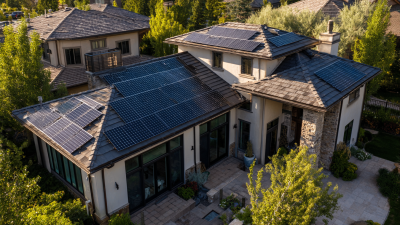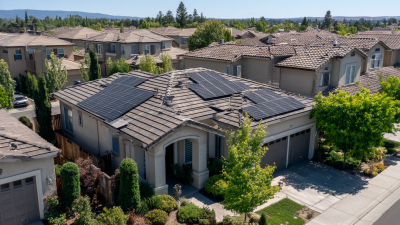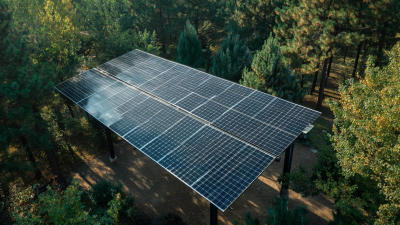MH Energy Your Better Solar and Energy Partner
Leave Your Message
MH Energy Your Better Solar and Energy Partner
As the global shift towards renewable energy accelerates, understanding the intricacies of the Solar Power System Cost becomes crucial for homeowners and businesses alike. According to a report by the Solar Energy Industries Association (SEIA), the average cost of residential solar power systems has dropped by more than 70% since 2010, currently averaging around $3.00 per watt. This significant decrease presents an unprecedented opportunity for consumers to harness solar energy, not only to reduce their carbon footprint but also to achieve substantial long-term savings on energy bills. Furthermore, a recent analysis by Lazard indicates that solar energy is now one of the most cost-effective sources of electricity, highlighting the financial viability of investing in solar systems.

This comprehensive guide will unpack the various factors influencing solar power system costs, provide insights on potential savings, and assist consumers in navigating their solar installation journey effectively.
When considering the transition to solar power, understanding the average costs associated with solar power systems is crucial. Nationally, the price of a solar installation typically ranges between $15,000 to $30,000, depending on the system's capacity and the specific components chosen. However, this range can vary significantly based on various factors such as location, incentives available, and local installation costs.
Regional breakdowns reveal further insights into pricing disparities across the country. For instance, states with abundant sunlight, like Arizona and Nevada, often have lower average installation costs due to higher competition among installers and favorable climate conditions. Conversely, areas like the Northeast may see higher costs driven by increased labor expenses and less optimal solar conditions. Moreover, state-specific incentives and rebates play a pivotal role in influencing the final cost, allowing homeowners in certain regions to maximize savings and make solar energy more accessible.
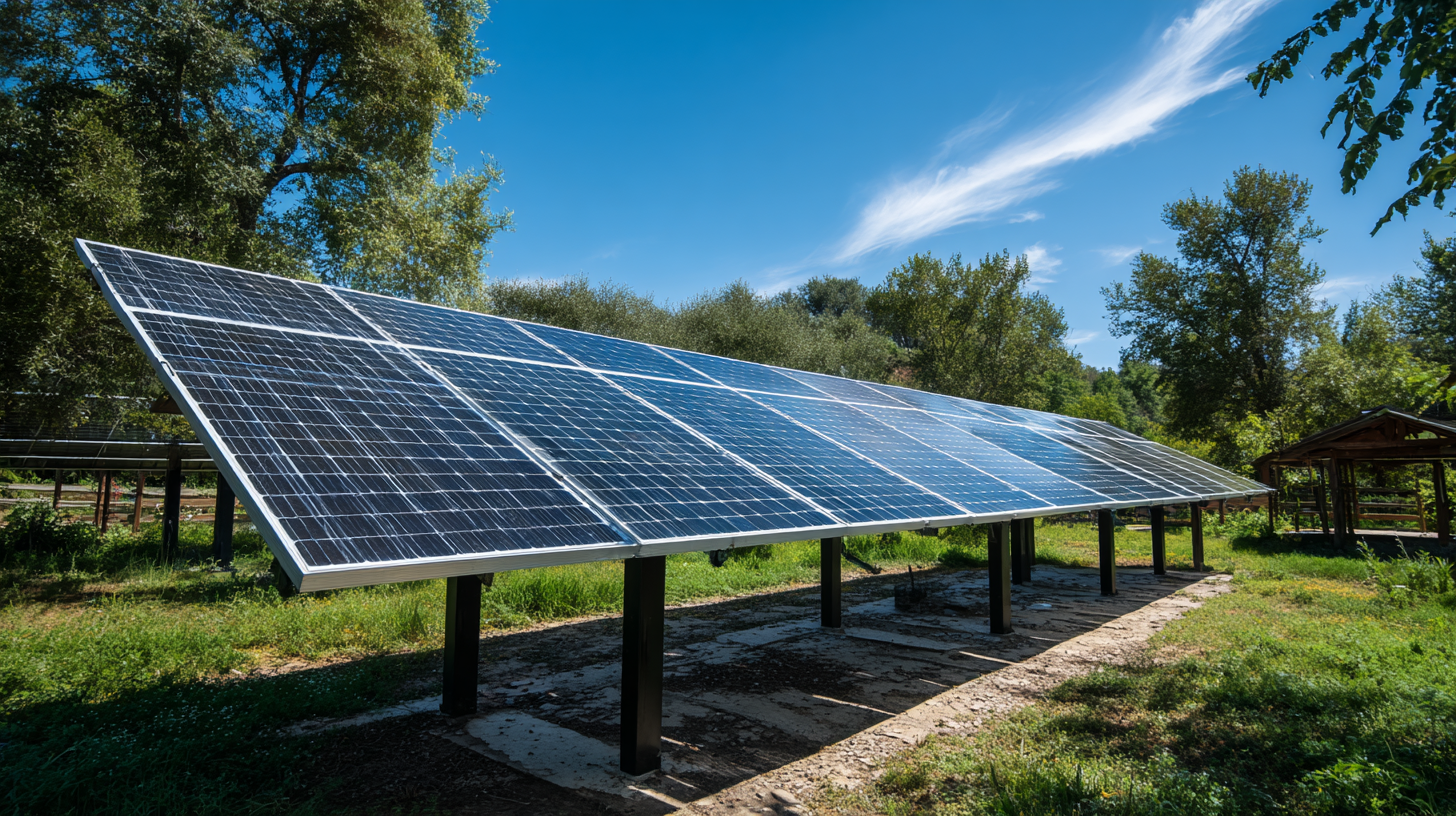
When it comes to understanding solar panel pricing, several key factors come into play: equipment quality, installation costs, and available incentives. According to the Solar Energy Industries Association (SEIA), the average cost of a residential solar power system has declined by over 70% in the past decade, bringing the average cost down to around $2.50 to $3.50 per watt as of 2023. This significant reduction can primarily be attributed to advancements in solar technology and increased competition within the market.
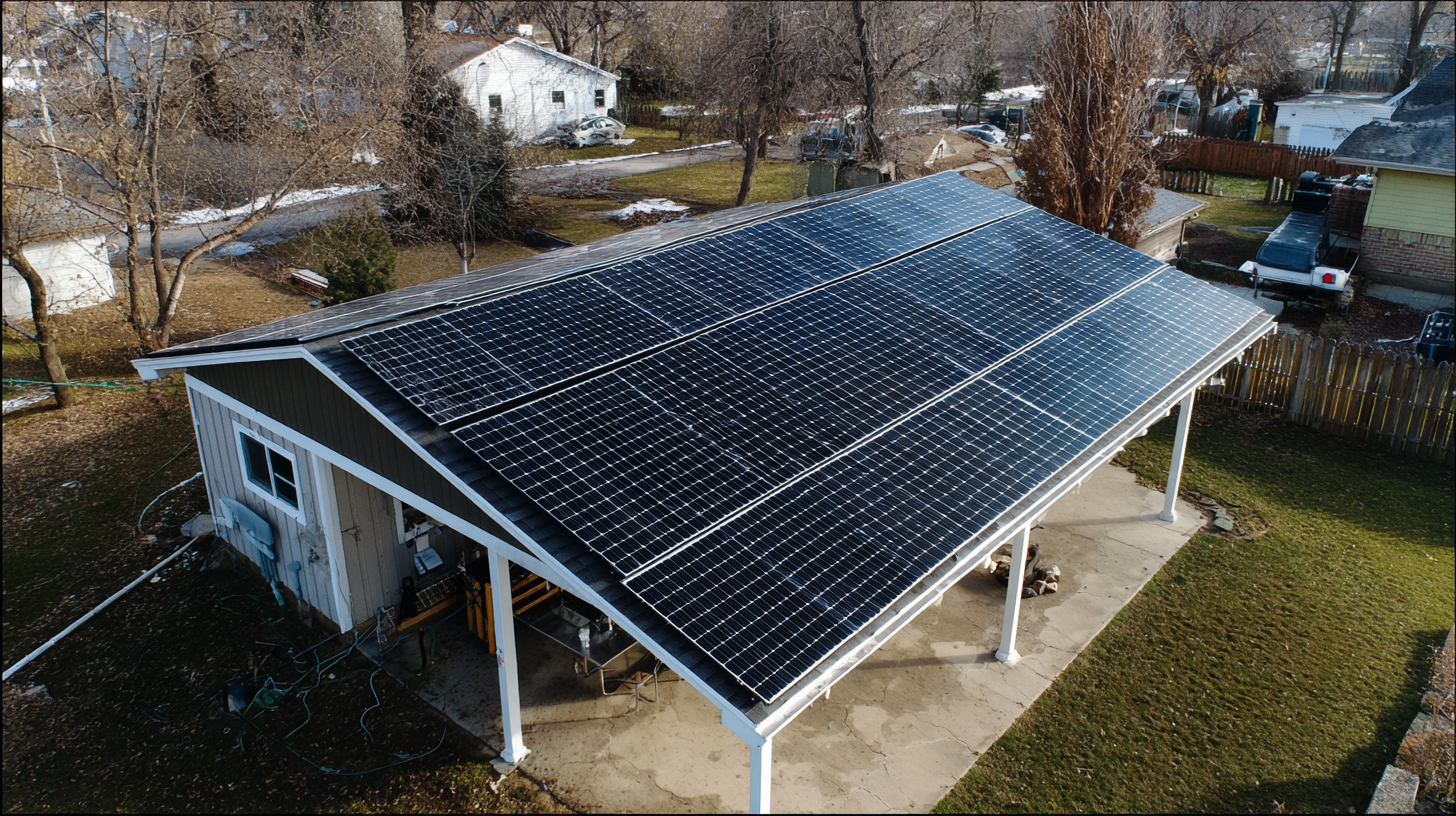
Equipment quality is crucial, as high-efficiency solar panels can lead to greater energy output and savings over time. High-quality panels from reputable manufacturers may cost between $0.80 and $1.20 per watt, while lower-quality options can be considerably cheaper. Additionally, installation costs can vary widely depending on factors such as location, roof type, and installation complexity, generally ranging from 10% to 25% of the total system cost.
Incentives also play a pivotal role in solar pricing. Federal tax credits, which offer 30% off the cost of solar systems, alongside various state and local rebates, can significantly lower the upfront investment required. Reports suggest that these incentives can reduce the overall cost by as much as $10,000, making solar energy more accessible to homeowners. Understanding these factors can help potential buyers navigate the financial landscape of solar power effectively.
When considering a solar power system, understanding the financial implications is crucial for making an informed decision. The initial investment of purchasing and installing solar panels can be substantial, often ranging from several thousand to tens of thousands of dollars. This upfront cost may deter potential buyers, but it is essential to look beyond the initial financial output. Various financing options, such as loans, leases, and power purchase agreements, can help manage these costs, making solar more accessible.
In comparison to the short-term expenditures, the long-term benefits of solar energy are compelling. Homeowners can significantly reduce their monthly electricity bills, leading to substantial savings over time. Additionally, many states offer tax incentives, rebates, and grants, which can alleviate the initial financial burden and contribute to the system's overall return on investment. Moreover, solar power systems can increase property value, enhance energy independence, and provide protection against rising utility costs, ultimately resulting in a robust financial advantage over decades.
Solar power systems have gained popularity not only for their environmental benefits but also for their potential to provide significant savings on energy costs. One of the key factors in maximizing these savings is understanding the state-specific rebates and tax incentives available for solar installations. Each state offers various programs designed to encourage the adoption of renewable energy, which can substantially reduce the overall cost of solar systems.
For instance, some states provide upfront rebates that lower installation costs immediately, while others offer tax credits that can be claimed on your annual tax return. Additionally, net metering policies may allow you to receive credits for surplus energy your system generates, further enhancing financial savings. Thoroughly researching local incentives can reveal significant opportunities that may vary widely from one state to another, making it crucial for homeowners to tap into these resources when considering a solar investment. By leveraging these state-specific financial aids, consumers can make solar power not just an eco-friendly choice, but also a more affordable one.
| State | Average Installation Cost ($/kW) | Federal Tax Credit (%) | Average State Rebate ($/kW) | Net Cost After Incentives ($/kW) |
|---|---|---|---|---|
| California | 3.50 | 26 | 1,000 | 2,275 |
| Texas | 3.10 | 26 | 0 | 2,294 |
| Florida | 3.00 | 26 | 0 | 2,220 |
| New York | 3.80 | 26 | 1,200 | 2,986 |
| Illinois | 3.40 | 26 | 1,100 | 2,496 |
When considering a solar power system, understanding the return on investment (ROI) is crucial for homeowners and businesses alike. The payback period for solar installations can vary significantly depending on several factors including system size, local electricity rates, and available incentives. According to the National Renewable Energy Laboratory (NREL), the average payback period for residential solar systems in the United States typically ranges from 5 to 7 years, with some states reporting even shorter periods due to favorable policies and high energy costs.
Calculating energy savings is another essential aspect of ROI evaluation. On average, households can save between $20,000 to $40,000 over 20 years after installing solar panels, according to data from the Solar Energy Industries Association (SEIA). Furthermore, systems that produce around 6 kWh per day can help homeowners offset approximately 80% of their electricity bills, significantly impacting long-term financial health. These figures highlight the importance of thorough financial analysis before making the transition to solar energy, as the long-term benefits can be substantial for those who invest wisely.

